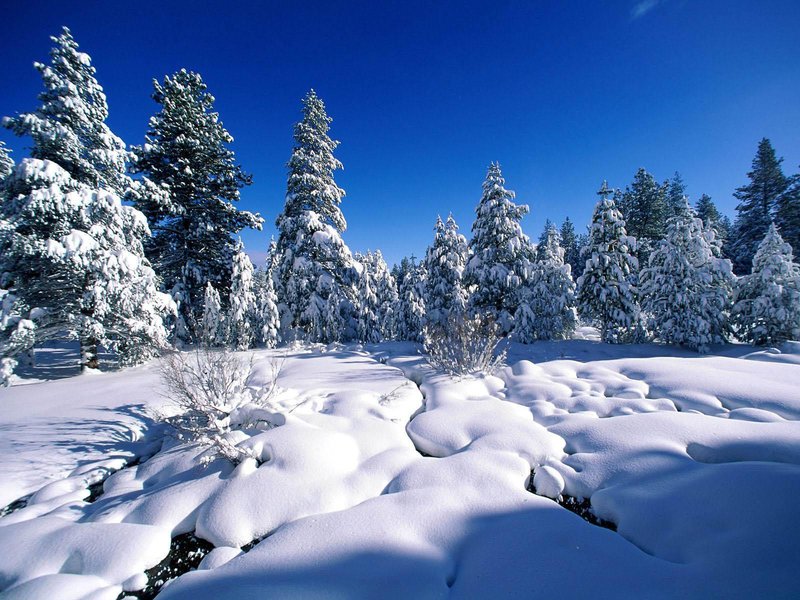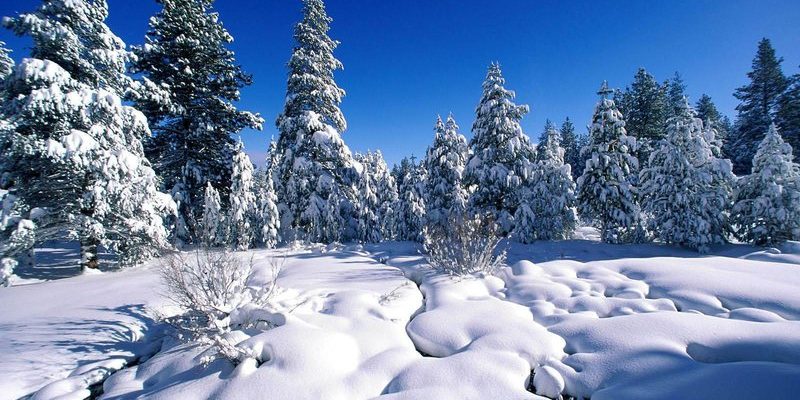
To understand the snow leopard’s significance, let’s dive deeper into its life in the wild. These solitary animals are more than just apex predators; they impact everything from prey dynamics to plant life in their mountainous habitat. Just as a conductor leads an orchestra, the snow leopard directs the rhythm of its ecosystem, influencing a variety of species and even the landscape itself.
Understanding the Snow Leopard’s Habitat
Snow leopards inhabit the harsh, mountainous regions across several countries, including Nepal, Bhutan, India, and parts of China and Mongolia. Their home is typically characterized by deep valleys, rocky terrains, and steep, snowy slopes. This rugged terrain is not just challenging for any creature, but it also shapes how snow leopards behave and interact with their environment.
These sublime cats thrive at high altitudes, often between 3,000 and 4,500 meters (approximately 9,800 to 14,800 feet). Their thick fur and large nasal cavities help them survive in frigid conditions. You might be wondering how these adaptations benefit the ecosystem. Well, snow leopards hunt animals like ibex and blue sheep, which also inhabit mountainous regions. By keeping these populations in check, they ensure that the vegetation in these areas remains healthy and balanced.
The Role of Snow Leopards as Apex Predators
As apex predators, snow leopards sit at the top of the food chain. This means they have no natural predators. Their role is crucial; they help regulate prey populations, which in turn affects the plants in their environment. Think of snow leopards as the guardians of their habitat, controlling populations of herbivores like mountain goats and sheep.
When snow leopards hunt, they primarily focus on sick or weak individuals, which helps maintain strong herds. This selective hunting is nature’s way of ensuring that only the healthiest animals reproduce. If snow leopards were to disappear, the balance would tip. Overpopulation of prey species could lead to overgrazing, which could severely damage the plant life in their ecosystem.
Impact on Biodiversity
Snow leopards contribute significantly to biodiversity in their ecosystems. Biodiversity refers to the variety of life in a particular habitat, including different species of plants, animals, and microorganisms. The presence of snow leopards indicates a healthy ecosystem. Their survival ensures that numerous species can thrive because they help maintain the delicate balance required for all life forms.
Moreover, the plants that grow in the snow leopard’s habitat provide food and shelter for various other creatures, from small mammals to birds. When these big cats thrive, they support not just their prey but also a whole network of life. Without them, we might see a chain reaction that leads to diminished biodiversity, affecting everything from soil health to water cycles.
Human Interaction and Its Challenges
Human activity poses significant challenges to the survival of snow leopards and the ecosystems they support. As we encroach on their territory through agriculture, livestock grazing, and urban development, we disrupt their natural habits. This encroachment often leads to conflicts between humans and snow leopards, especially when livestock becomes an easy target.
Local communities can suffer economic losses when their animals are preyed upon. However, here’s the thing: by working towards coexistence, we can help protect these magnificent creatures while also securing the livelihoods of these communities. Efforts such as community-based conservation programs aim to educate locals about the crucial role snow leopards play in their ecosystem, promoting practices that reduce conflict.
Conservation Efforts
Conservation of snow leopards is essential for maintaining the health of their ecosystems. Various organizations and governments are working hard to implement strategies that protect these animals and their habitats. Initiatives include creating protected areas, promoting wildlife corridors, and encouraging sustainable land-use practices.
Education also plays a key role. By raising awareness about the ecological importance of snow leopards, we can foster a sense of stewardship among local communities. For instance, local workshops can teach residents how to safeguard their livestock while promoting the well-being of snow leopards. This collaborative approach not only helps the cats survive but also enhances biodiversity in the region.
The Role of Snow Leopards in Climate Regulation
You might not think about it, but snow leopards also have a part to play in climate regulation. Their habitats are often located in mountainous areas that serve as crucial water sources for downstream ecosystems. Healthy snow leopard populations can help maintain these ecosystems, ensuring that water sources remain clean and plentiful.
In essence, when snow leopards thrive, so do the ecosystems that depend on them. They contribute to soil health, plant diversity, and water quality, all of which are essential for sustaining life in these often harsh environments. Just like a well-tuned engine, every part—every species—contributes to the overall health of the system.
The snow leopard’s role in its ecosystem is a vivid reminder of how interconnected life is on our planet. These magnificent animals help regulate prey populations, support biodiversity, and even contribute to climate regulation. By understanding and protecting them, we’re not just saving a beautiful species; we’re also preserving the delicate balance of nature.
As we face challenges from human encroachment and climate change, it becomes even more crucial to realize the importance of snow leopards. Indeed, they are more than just stunning big cats; they are vital players in the grand narrative of life on Earth. So, let’s champion their cause and work towards a future where snow leopards—and all the life they support—can thrive.

